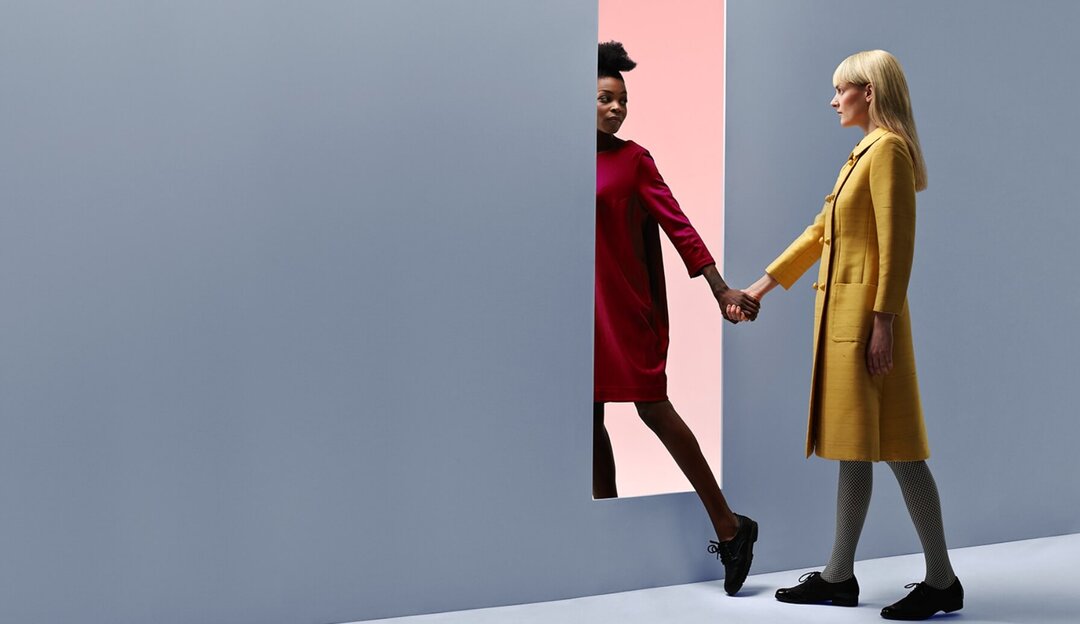
Search jobs
Help to shape the digital future of one of the world’s best-loved brands.
For commercial businesses like Miele, understanding how customers engage with their sites is essential to their success. Terri Tu, Head of Digital UX/UI at Miele X is a digital designer who has always embraced data. Terri, began her career as a photography student in Canada, then followed her interest in graphic design to pursue a career in digital design. Now living and working in Amsterdam, we asked her to outline how data can support creativity and ensure customer-centric web design at Miele X

Traditionally, digital designers have been concerned that data may stifle their creativity. But, for Terri, that’s never been an issue. “I can understand why some designers aren’t keen on data, because it’s natural to be suspicious of change,” she says. “But as a designer myself, I’ve never been worried that data would restrict me.”
In fact, she makes the point that both qualitative and quantitative data has actually helped inform her designs. “I always saw it as a good thing, helping me to make sure my designs related to the customer. After all, what’s the point of designing something for the customer if you don’t understand who the customer is and how they use your product? That’s what data gives you.”
Data and design working collaboratively
As for data restricting her creativity, she believes that designers should embrace the idea that data can help inform design. “At Miele X, data informs our design decisions. It tells us about what works, so we can use it to test our designs and see what works best and why.”
Terri believes this supports creativity, rather than hindering it. “As digital designers, we need to understand the brand and the customer, and use data to help inform design that is customer-centric and hence build the best online experience. We have the scope to use our design skills and knowledge, for example, to create something that meets customer expectations and also fits the brand.” For Terri, this is one of the major benefits of combining design with data. “It just helps you to be a more strategic designer,” she says.
Different kinds of data
For Terri, the variety of data available gives her lots of insights into Miele’s customers, so the design team can create effective designs. “We use both qualitative and quantitative data to inform our designs,” she explains. “So, the qualitative data comes from things like customer surveys and usability testing, where we see what customers think of our designs. Then the quantitative data looks at how people use the site and tracks their journey through it.”
She describes how the team are currently looking at the customer journey in terms of the checkout flow. “There are a number of steps that customers need to take to check out when they buy a Miele product on the site. We’re looking at the stages where they drop out of the process to see how we can redesign them to make the journey easier.” This is just one area where data is helping the team to identify where they might need to make changes, as Terri explains: “At the same time, we look at a lot of other elements, such as bounce rates when someone leaves the site, click-through rates and conversion rates to sales.”
The team has been redesigning the site’s home page and Terri tells us that as part of the work are launching a few different versions to see how they perform. “This is where the data really helps us,” she says. “Because we are able to test which version works best for our customers and then create a final design to make it more engaging.” By conducting usability testing with both customers and non-customers the team is able to get insights from live virtual sessions.
Another project the team is working on is the design of the footer on each page. Terri believes this could produce quite interesting findings, explaining: “Customer insights tooling and data analytics will help us to understand how customers interact with the footer – or even if they look at it at all!”
A design tip for the future
Terri is sure that data will play an increasingly important role in how Miele X designs online shopping experience going forward. So, what would she say to any designer who wants to make their skills more attractive in the future?
“I think as well as highlighting your design skills, you need to show the data behind your work,” she answers. “What was the issue you were trying to solve and how did your designs change the data? I think these kinds of strategic design skills are going to be increasingly important.”
Now is an exciting time to join Miele X as we create a new digital heritage for one of the world’s most iconic brands.
Take a look at the opportunities that are available to join our team.
What’s Next? You Decide.